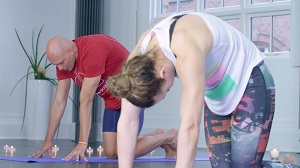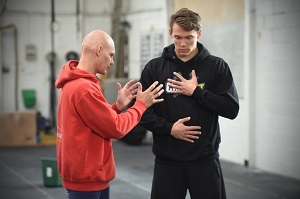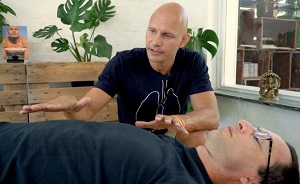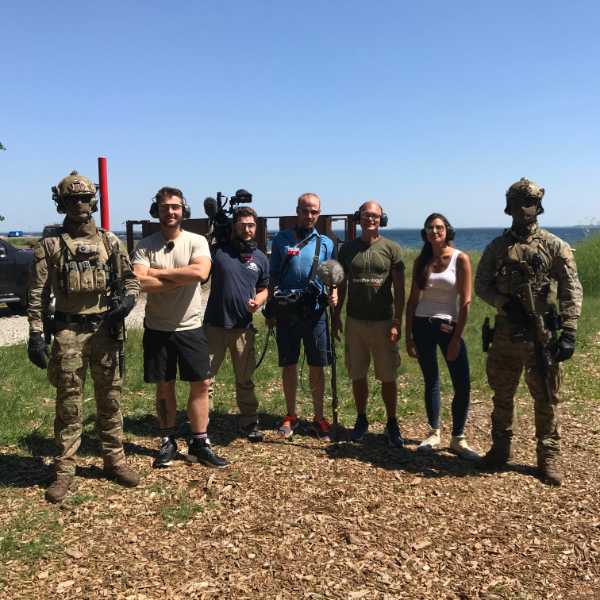
How many breaths do you take each day? You have probably never considered it. We typically take 20,000-30,000 breaths per day). Breathing is one of those things that is so natural that by simply doing it we believe it is doing all it can to benefit us.
Breathwork for First Responders
The urge to breathe is one of the most primal and strongest survival instincts in the world. This is something beyond theory and simple to understand. Take a moment and hold your breath as long as you can and feel the urge is that come up pushing and forcing you to gasp for breath…. without breath there is no life, period.
In the high stress world of the first responders, military personnel, and veterans breathing can play a crucial role in the ability to manage stress related syndromes, give the ability to make rational decisions in the field and very importantly provide tools and techniques that provide a way to transition to life beyond the pressures of active duty.
First Responders such as firefighters, police, emergency medical technicians, military personnel tend to be more likely to experience PTSD (Post-Traumatic Stress Disorder) and Operational Stress Injury symptoms than people working outside the pressures of these careers. Research has shown that these high-risk occupations experience significant benefits through the utilization of mindful practices and breathing techniques when they are combined and used as part of an overall life practice.
The US Navy SEALS have adopted breathing exercises and breathwork techniques to help treat PTSD symptoms among their veterans. They have also adopted breathwork techniques to in the field focus, clarity and poise in planning for a tactical operation. In Breatheology we call this – “relaxation on command”. Specifically when it comes to The US Navy SEALS, believe us when we say they only use technologies that are proven to work!.
So let’s talk basics for a moment. In breathing we are exchanging gasses in the body through our respiratory mechanism. When we breath in we pull oxygen into the lungs and when we breathe out we release carbon dioxide from our bodies. The urge to breathe does not come from the need for oxygen, it comes from a bio-chemical reaction in the brain signaling to rid the body of the metabolic waste product created through breathing which is carbon dioxide.
Now, let’s take a look at two different kinds of breathing we do and how it affects performance in the body and mind:
Shallow breathing or chest breathing: when you simply stop and watch people breathe you will notice that the majority of them are breathing any upper chest area and are taking shallow breaths at best. If you watched children especially young children you will notice the opposite they naturally breathing their belly and utilize her diaphragm in the capacity to draw the air into the body. Upper chest breathing and shallow breathing is a learned mechanism and when under high pressure that mechanism is enhanced as adrenaline and cortisol work to stimulate and override the body’s natural relaxed capacity.
Regardless of what or why this type of breathing pattern is occurring, chest breathing elicits a physiological response which is commonly known as “fight or flight”. This is the body’s natural way of reacting to emergency situations. Unfortunately in modern society let alone in a first responders community this is become the new normal.
For first responders this state of heightened awareness can go on for five or more days a week during work hours. It is the basis of burnout and provides a Health issue dad has been difficult to deal with at best in the Western medical model.
It creates many of the current health issues first responders face. Adversely affecting everything from sleep to the immune system to relationships with family and friends. It can bring on symptoms of depression and trauma entry in internal psychology that is isolatory and self-defeating. The mind and body intern fights against itself to what it perceives as injury, inflammation and or sickness. Fight or flight response also increases cravings for foods high fat and sugar as well as alcohol and other stimulants.
The good news is there are simple prescriptive measures for improving the unhealthy effects of these responses and the habit of shallow chest breathing.
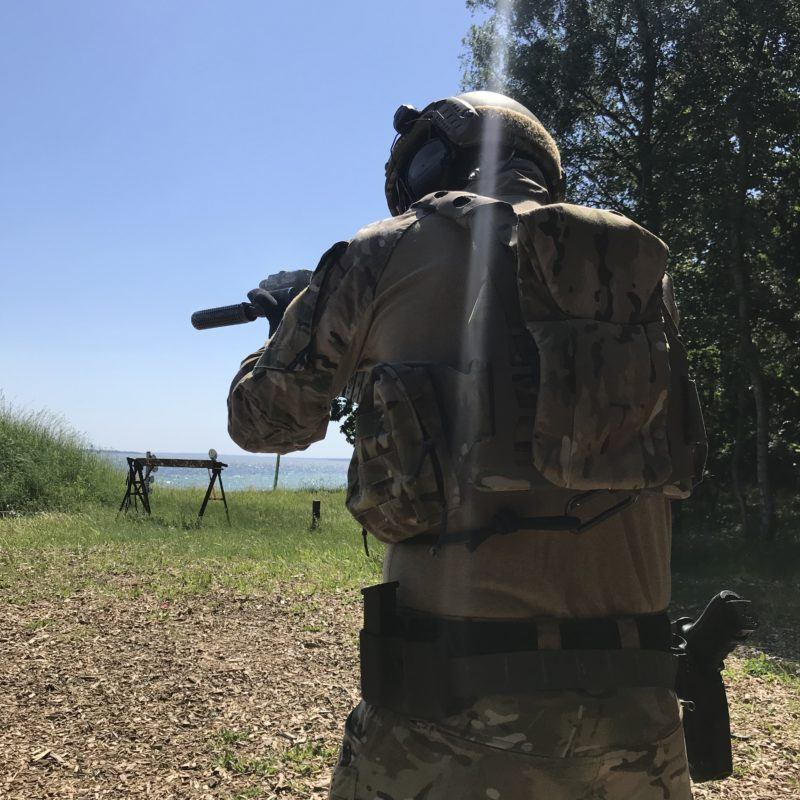
Conscious deep breathing or belly breathing: we mention how shallow chest breathing often accompanies strenuous activity or excitement it is even used in athletic activities unknowingly. If you remember playing sports you may recall when recovering from strenuous activity bending forward and putting your hands on your knees working to catch your breath. This posture allows the stomach to naturally relax and let the body draw breast down into the lower lung area or otherwise known as diaphragmatic breathing.
In less than 20 seconds of this type of deep conscious recovery breath the body will begin to release serotonin (feel good chemicals) into the bloodstream and commenced generation of alpha brainwaves. Alpha brain waves are associated with the sports term of being in “the zone” or in our world a “state of flow”. These brain waves produce a notable sense of calm and clarity in thought. Part of this calm feeling is created from the belly moving and pushing against the vagus nerve. The vagus nerve is the largest parasympathetic nerve in the body and helps induce a calming effect to the mind and body.
For first responders it is important to pay attention and note how you’re holding your breath and breathing shallow during tense, anxious or inflammatory moments. The more mindful you become of this the more you might find that it has become your normal reaction. Throughout each day you will note that you probably hold your breath and many more times then you would normally in a relaxed situation while off-duty. From today forward every time you consciously notices immediately try to slow down and take a breath rear nose an focus on the sound And movement of breath entering and leaving the body.
Simple techniques such as 1:2 (breathe in for 5 seconds, breathe out for 10) ratio breathing or even box breathing 1:1:1:1 ratio can have tremendous benefits for first responders as they are simple to deploy and instantly accessible.
Some benefits of these breathing techniques are as follows:
- Increased mental toughness and resilience
- Improve physical fitness (strength, flexibility and endurance)
- Improved resiliency to potential PTSD (Post-Traumatic Stress Disorder)
Many first responders, active military and veterans who utilize breath training techniques experience:
- Fast and lasting results
- Enhanced overall sense of well-being
- Regaining their old way of life from increased enjoyment and performance at work to more happiness at home
Breatheology has created a FREE PTSD Liberation online video course – designed for any one that suffers from PTSD and anxiety, including First Responders. Click here to read more and sign up.
Conclusion
As first responders it is always important to be attentive to training your physical body but moving forward this should always incorporate mindful and conscious awareness. It is our experience that without making an effort to train or practice your conscious breathing you will experience difficulty in managing and processing the high stress environment that is part of our daily lives.
Like in many aspects of life holding almost anything too long or too tight can bring pain and suffering as a result. Breathing is natures way of teaching us to constantly let go moment after moment.
The key to the simple yet transformational techniques is consistency of application along with feedback and continued education how do applied mindfulness techniques in the line of duty as well as when outside the line of duty.
Of course, we thank every and all people in the first responder community for their service.
Learn & Master Breathwork with Breatheology
Discover how better breathing can boost your energy, calm your mind, and sharpen your focus. Whether you want to improve athletic performance, build lung strength, or simply relax more deeply, the right breathwork practice can make all the difference. Start today and feel the benefits for yourself!
